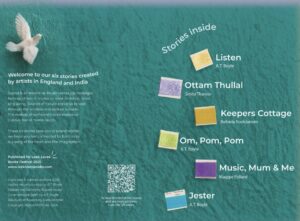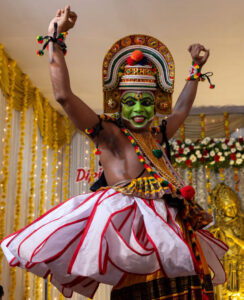Artificial Silk runs national and international collaborations that nurture creativity. By connecting people, places and objects we find imaginative ways to understand the past in the present and re-envisage our futures.

READ the six new Writing that Sings stories published in June 2025 here
___
BOOK an uplifting exObjects workshop. Look out for new dates in 2025.

– Taster creative writing workshop (1/2 an hour £5)
– Full-length creative writing workshop (1.5 hours £10)
New 2025 panel workshop: The Writing Process
Hear from a panel of published authors about the way they brought their writing off the page or screen for others to read. You can ask them practical questions to help you on your creative journey.
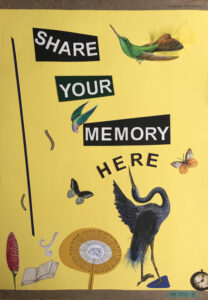
To enquire about all workshops please contact us at: artificialsilkorg@ gmail.com

LISTEN OUT for the podcast recording of exObjects creator A.T. Boyle by the top 5% global podcaster Smita Tharoor, on her channel Stories Seldom Told
The podcast episode will be published later in 2025.

Smita wrote about a Keralite performance poem for Writing that Sings. See her story here
The ‘Ottam Thullal’ was translated into English from the Indian language of Malayalam. Below is the final page of the poem written in ink by her father Chandran Tharoor when he arrived in England as a young man in 1951.
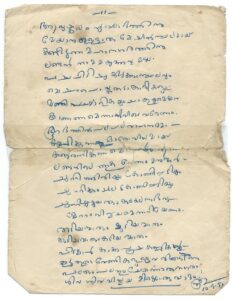
Smita interviewed A.T. Boyle and Maggie Pollard in June 2025 about their Writing that Sings commissions.
Jester
This illustrated story by A.T. Boyle celebrates the performing life of a Lancashire working class man who assumed many guises through roles in Gilbert & Sullivan light operas and Rogers and Hammerstein musicals.
This tale of a Forties songbook celebrates the joy of communal music in Burnley and beyond Lancashire, created by spoken word artist Maggie Pollard (below).
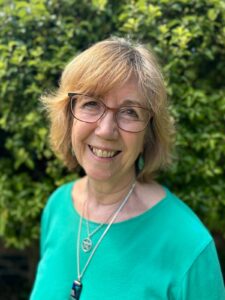
Hailing from Lancashire, Maggie is a member of Borderland Voices and the creator of Earth Song Poetry. She acted and sang in the pilot production of the audio play ‘Om, Pom, Pom’ set in Blackpool, England, written by A.T. Boyle.
“Writing that Sings and exObjects are beautiful, layered projects.
Both compelling and deeply affecting.”
@irenosenokojie
(short story writer and novelist, MBE and winner of the Caine Prize)

A rural cottage with unexplained goings-on features in the story ‘Keepers Cottage’ set in south-west England created by Belinda RushJansen (above). This is one of the Writing that Sings commissions in 2025.
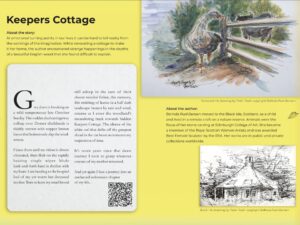 Belinda was awarded the honour of Best Female Sculpture by the Royal Society of Arts. Her first short memoir story about rural life was published in hardback in exObjects: the art of holding on, letting go in December 2024.
Belinda was awarded the honour of Best Female Sculpture by the Royal Society of Arts. Her first short memoir story about rural life was published in hardback in exObjects: the art of holding on, letting go in December 2024.

A futuristic climate change story ‘Listen’ and a short audio play ‘Om, Pom, Pom’ by A.T. Boyle can be read here
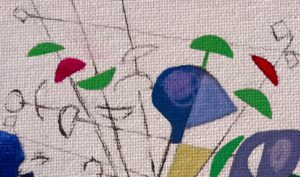

The Writing That Sings logo concept by A.T. Boyle was realised by talented graphic designer Rujuta Muley who is based in Pune, India.

Rujuta designed the illustrated poster featuring the six Writing that Sings stories published in June 2025.
MORE NEWS



Buy a digital copy of the exObjects book of stories featuring eleven authors based in England and India:
"A tiny icing sugar dove, a sound recording, a chair made of teak, a cup of clean water, a tea-dyed kurta, blue ties, a sapphire ring, a brass candlestick, love letters, laboratory benches, childhood friends, fireflies and lyrics are some of the objects shared by the eleven authors in this collection.
Each object carries memories of people and places loved and lost but not forgotten. Journey through these reinvented lives and you won’t look at objects the same way again."
We ran an exObjects workshop in England in May 2025 with Sauma Afreen, who Zoomed to join us from Uttar Pradesh.
Sauma is a professional alt.txt editor and she created alternative text for the six Writing that Sings commissions.
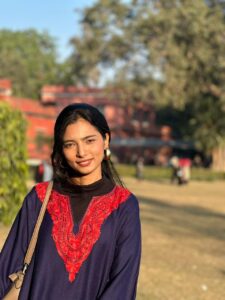
In 2023 Sauma wrote a story about climate change and fireflies for the Sadabahar (evergreen) project that became a longer story about fireflies and light pollution in the exObjects book published in India in December 2024.
You can hear Sauma reading her fireflies (jugnus) story by clicking below:
We ran an exObjects workshop with Staffordshire’s creative health group Borderland Voices in June 2025.
Instagram: @ex.objects

The first book of short exObjects short stories was published in India in December 2024.
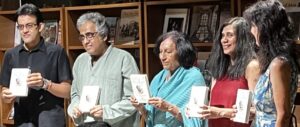


Take part in exObjects online 2025

Write an exObjects story this year and it has the chance to be published in the Artificial Silk web magazine.
Choose an object that’s important to you and write about your connection with it.
When we look closely and use our imaginations, we find new and hopeful ways to look at the world.
Read more about what exObjects is here.
Find out how to create your own exObject by clicking here.
Check out the exObjects stories already published in the web magazine here.


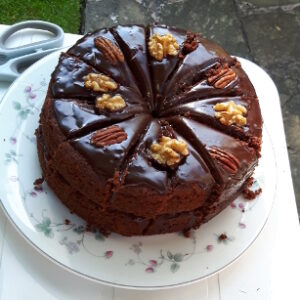


Email your exObjects writing and image to us: artificialsilkorg @ gmail.com
IN PRINT
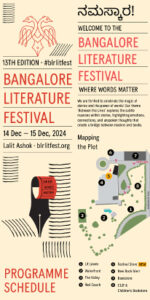 Eleven international writers met through the first exObjects anthology of memoir short stories launched at Bangalore Literature Festival in December 2024.
Eleven international writers met through the first exObjects anthology of memoir short stories launched at Bangalore Literature Festival in December 2024.
 Shashi Deshpande
Shashi Deshpande
Vikram Sampath
Shinie Antony
Gajra Kottary
Jaishree Misra
Devasiachan Benny
Sauma Afreen
Ramona Sen…

… and Jerry Pinto and Belinda RushJansen reveal the secrets of places including Ooty and Kerala and Bengaluru and southern England. A.T. Boyle writes of her experiences in Preston and Blackpool in northern England.

Thirteen international writers met through another book.
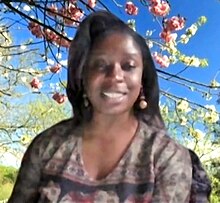
The short stories in Hell Hath No Fury by Irenosen Okijie, Robin McLean, Shinie Antony, Anukrti Upadhyay, Catherine McNamara, A.T. Boyle and more explore revenge from many different perspectives. And with plenty of humour.
IN SOUND
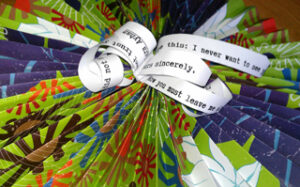
Listen to Maggie Pollard performing her poem Old Cloths published in the exObjects web magazine.
Listen to our short story commission about the fireflies (jugnus) encountered in Uttar Pradesh by Sauma Afreen:
Listen to our HuG green arts festival soundscape that melds outdoor sounds recorded in the Western Ghats, southern India (UNESCO world heritage) and in Staffordshire, England:
WHAT IS ARTIFICIAL SILK?
Artificial silk is a fibre made from wood pulp that is re-formed into filaments. These fine but durable filaments can be given different shades and then woven into products. Other names for it are rayon and viscose.

Filaments made in Lancashire from wood shipped from Scandinavia were manufactured as artificial silk parachute canopies, sanitary pads, clothes for M&S and much much more.
For four decades this produce was sold all over the world, from 1939 when the Courtaulds Preston factory opened to its closure with the loss of 2,500 jobs.
In 1980 the artificial silk machines were shipped from Preston to India, extending their life. Eighty years after the Preston factory opened, the filaments of artificial silk have not lost their strength, sheen or vibrancy.
 “Artificial Silk finds new ways to understand the past
“Artificial Silk finds new ways to understand the past
and reconfigure our present and possible futures.”
Wherever you live in the world, you can take part.

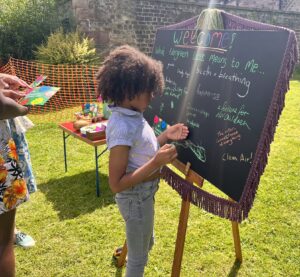
Join the conversation by messaging us on…
Instagram:
@exobjects
Email:
artificialsilkorg @ gmail.com
